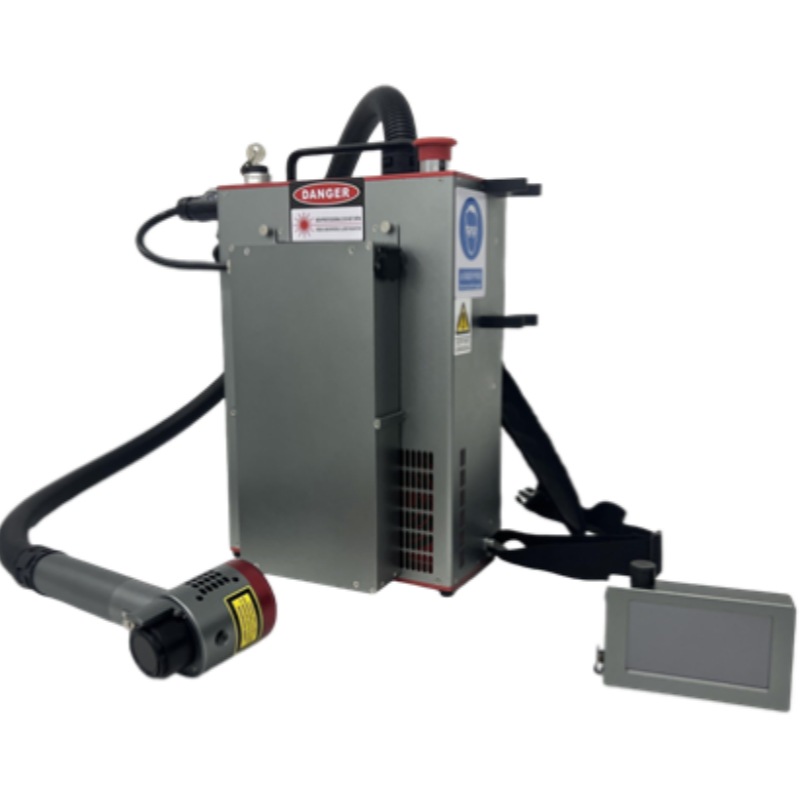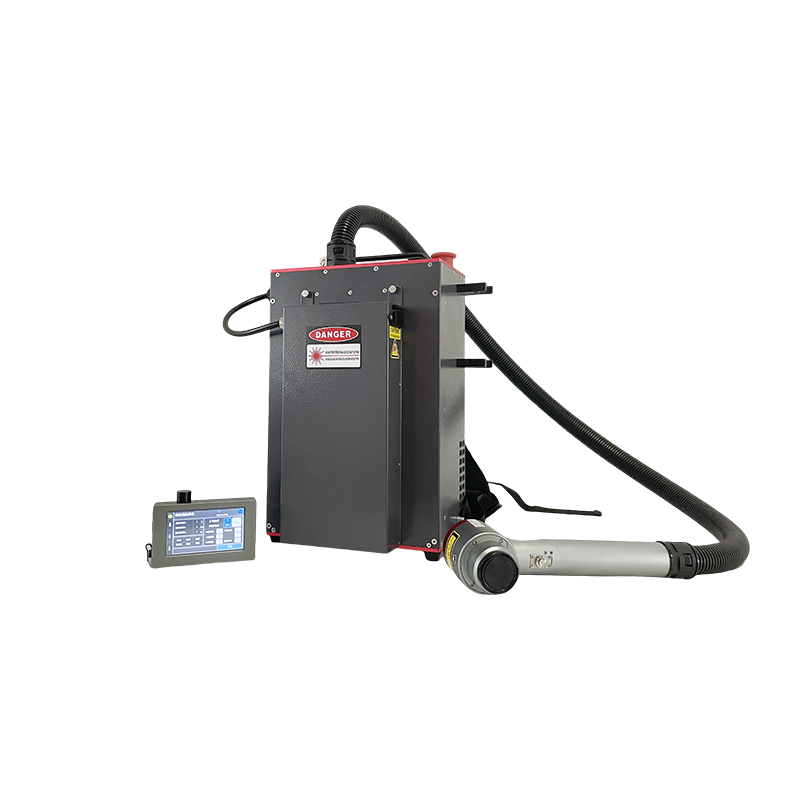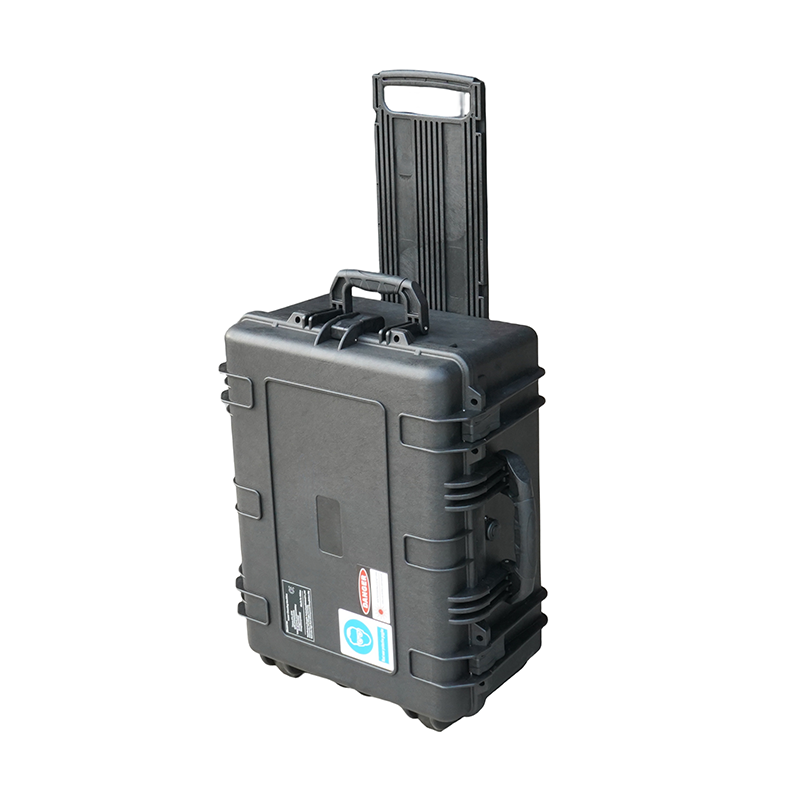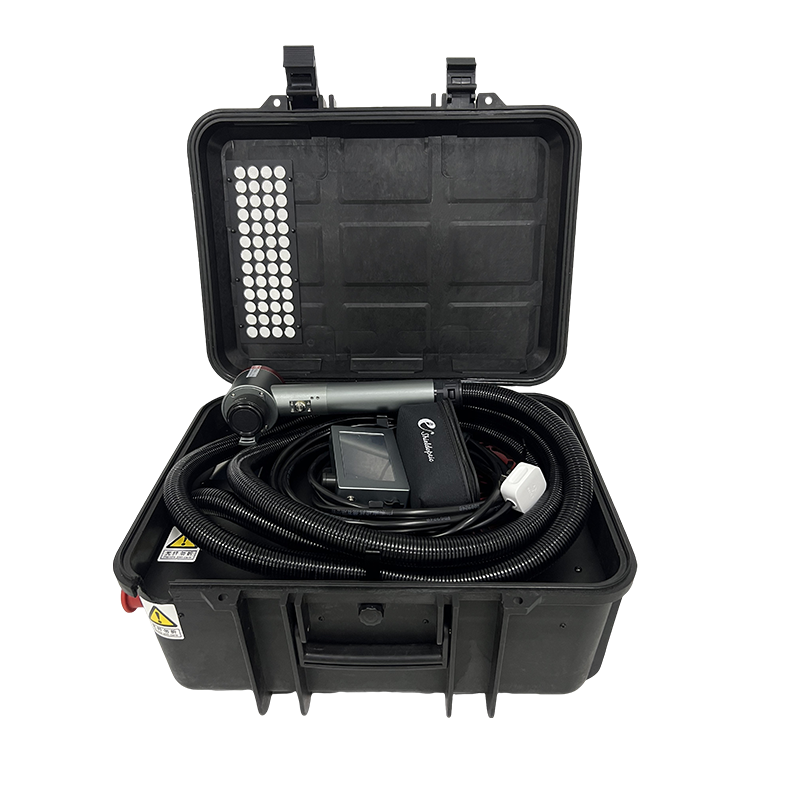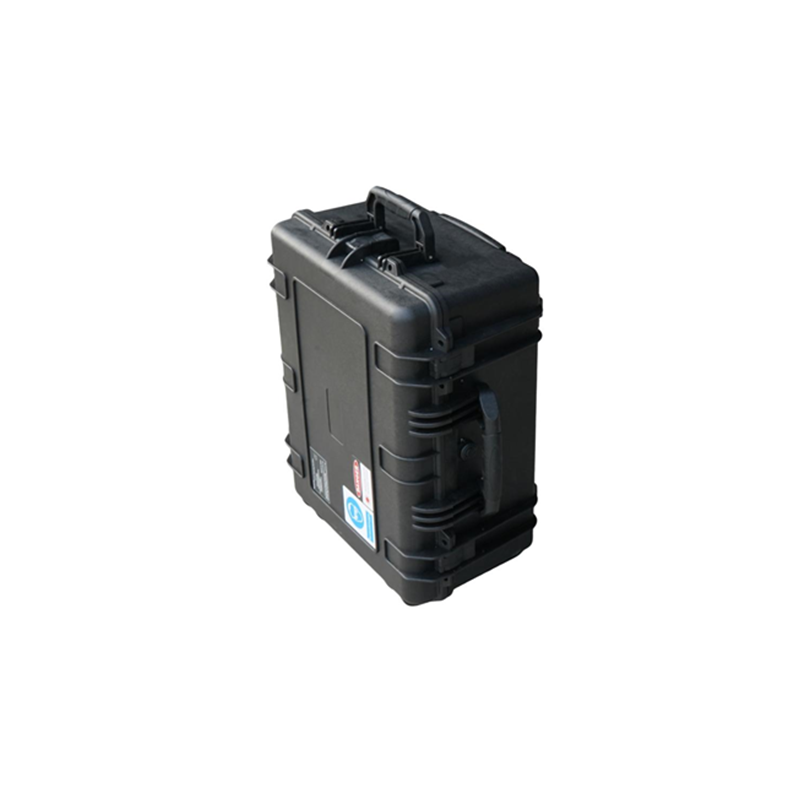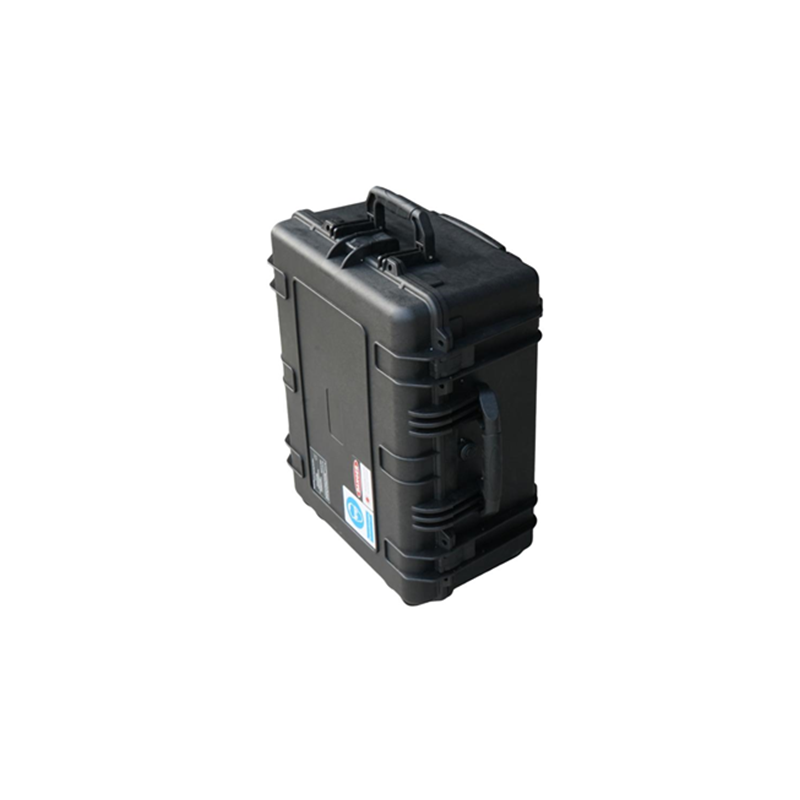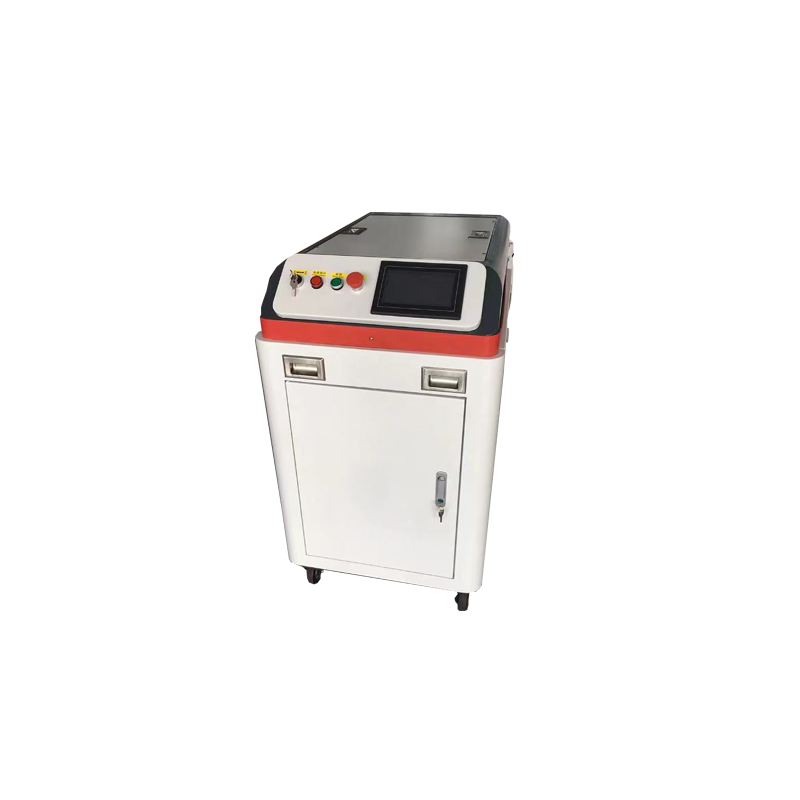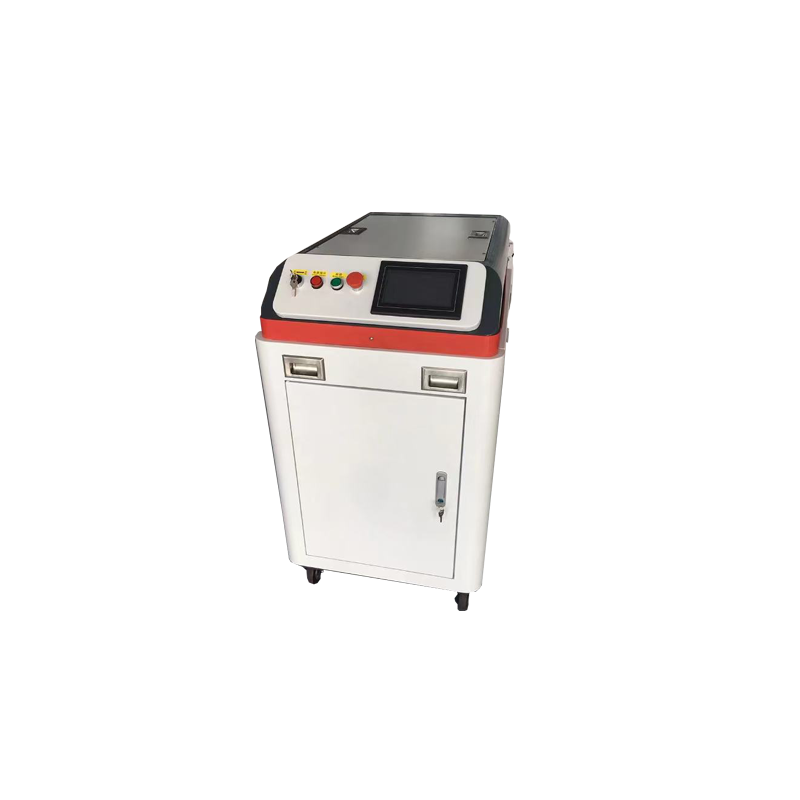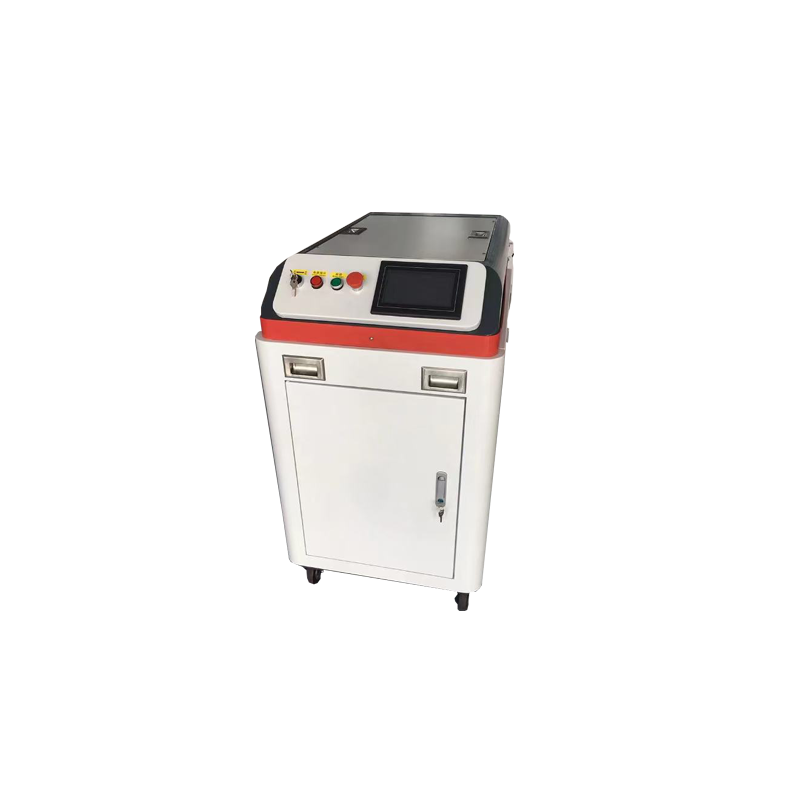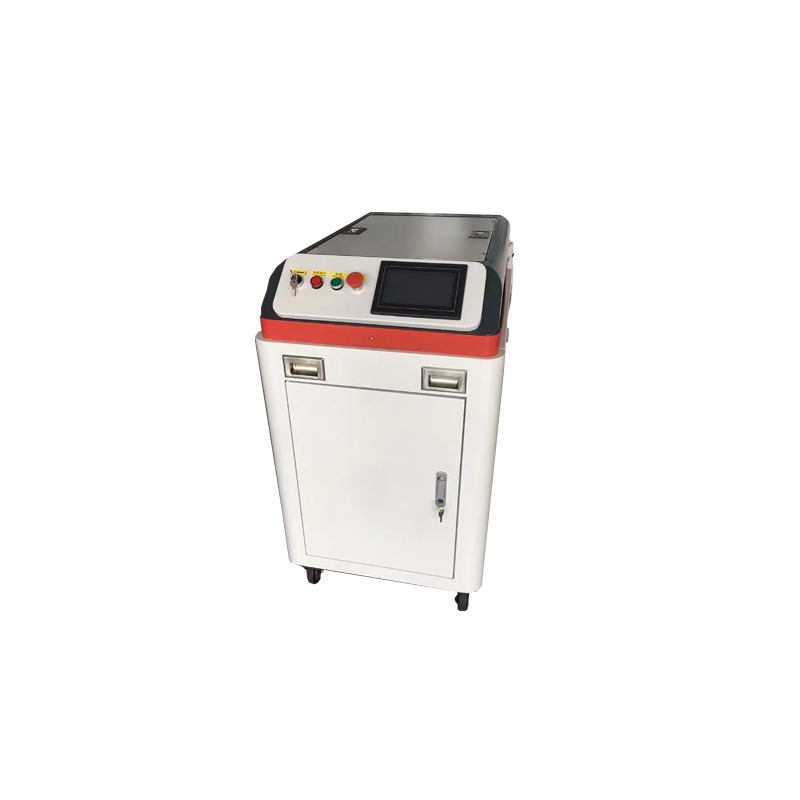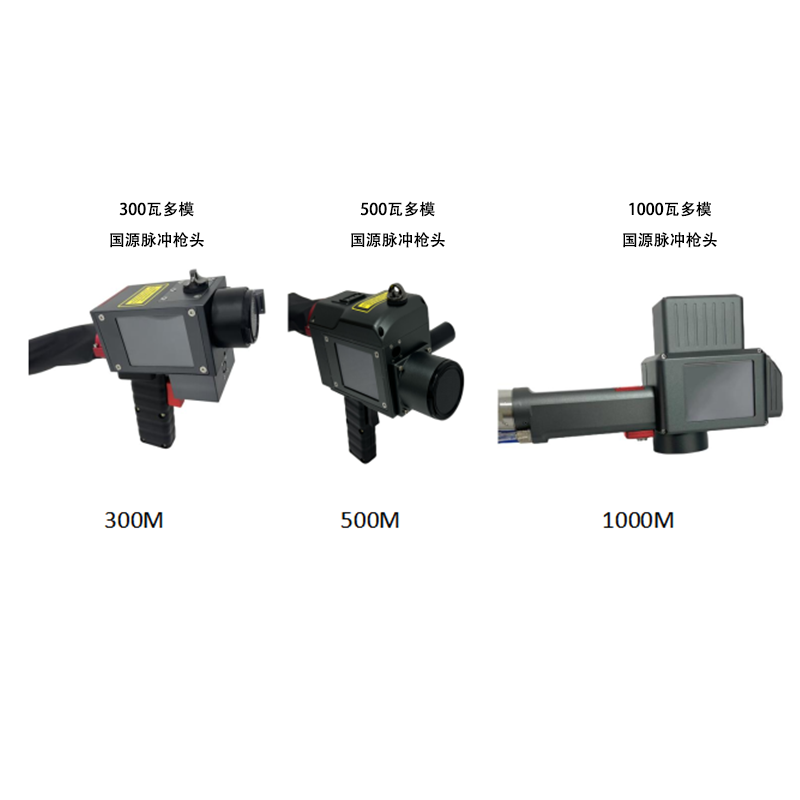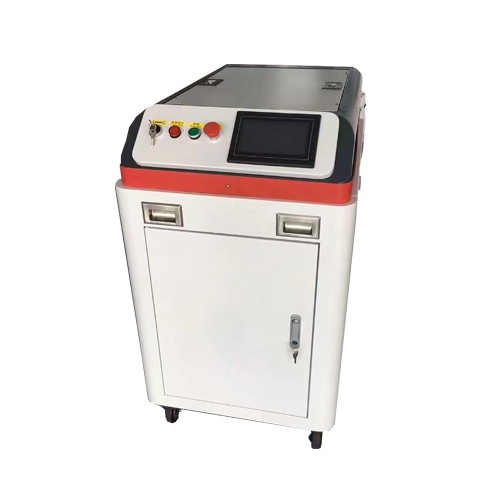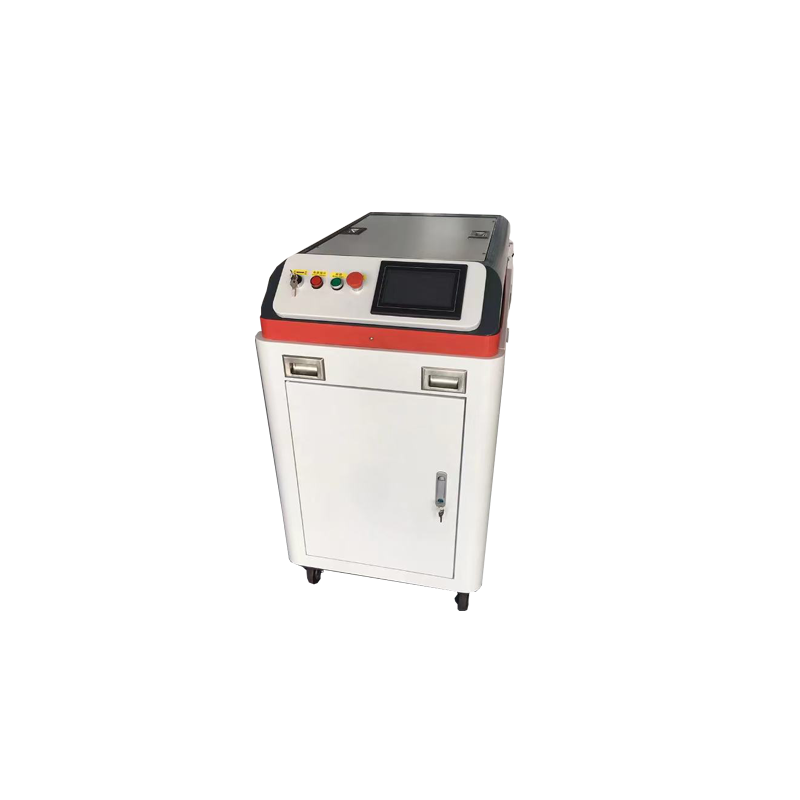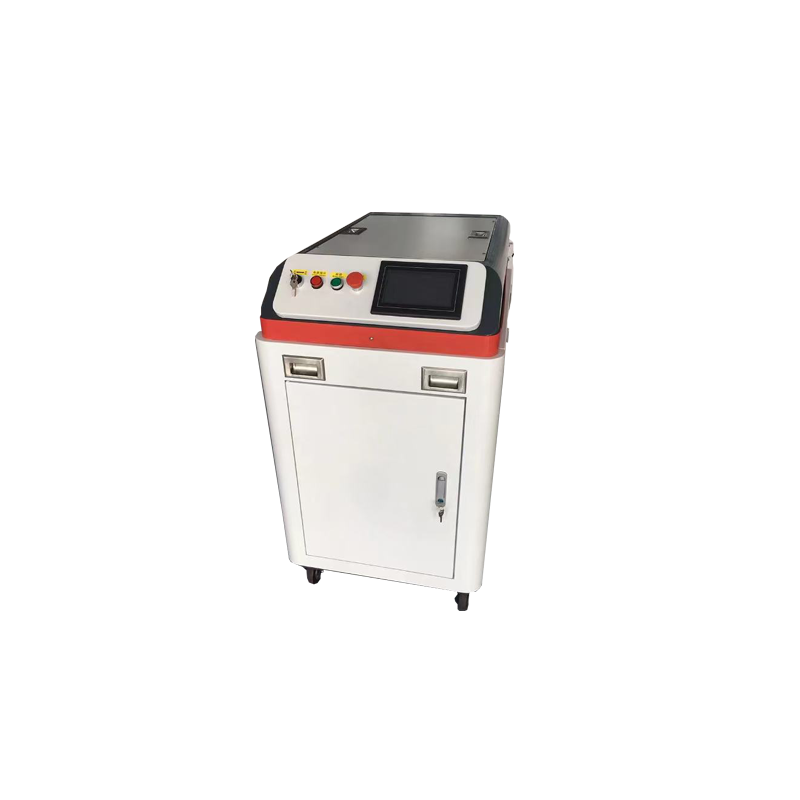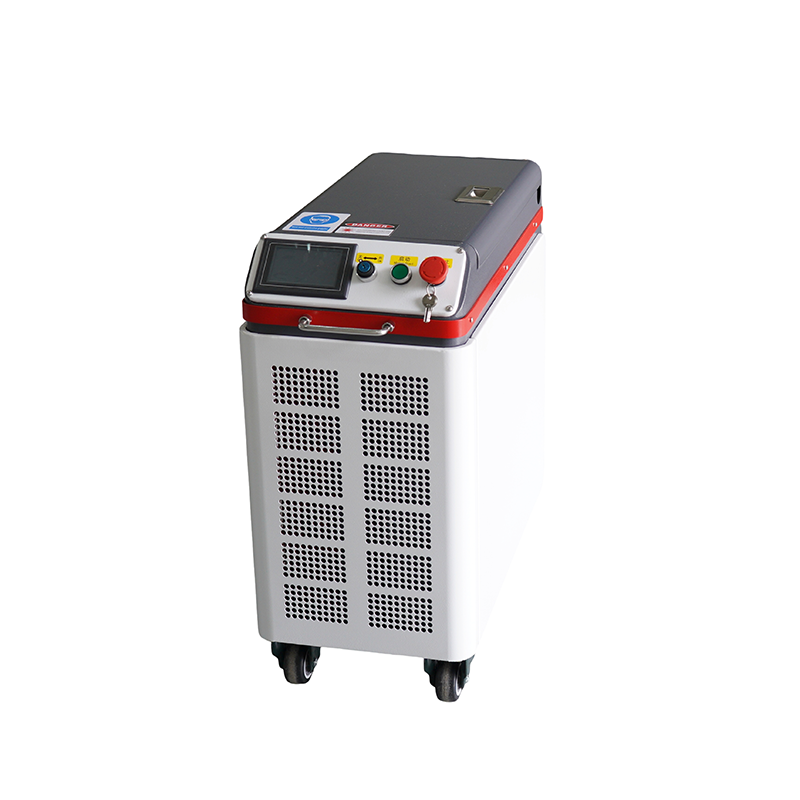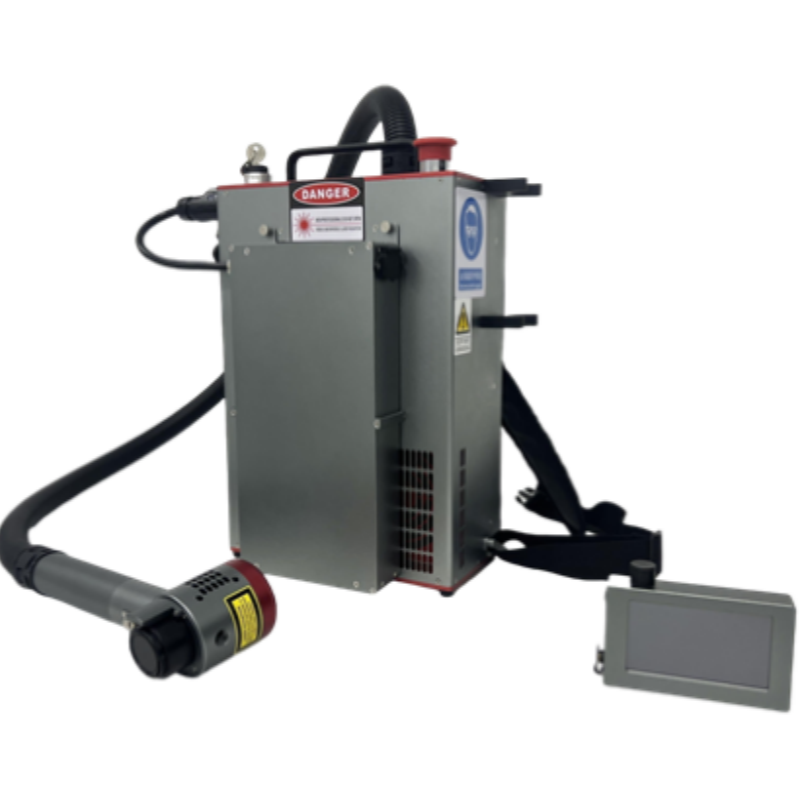Pulse marking machines, also known as dot peen marking machines, are used for creating permanent marks on metal, plastic, and other materials. They work by using a stylus to make indentations in the form of dots, which combine to create alphanumeric codes, logos, or serial numbers.
Types of Pulse Marking Machine Models
Pulse marking machines come in different configurations based on automation level, portability, and application. Here are the main types:
1. Manual Pulse Marking Machines
Operated by hand, requiring the user to position the marking head.
Best for small-scale or occasional marking.
Example Models:
SIC MARKING M1 Manual
Technomark TM-100 Manual
2. Semi-Automatic Pulse Marking Machines
Partially automated with foot pedal or pneumatic assist.
Faster than manual machines but still requires some operator input.
Example Models:
Telesis 6100 Semi-Automatic
Pannier P1-Series
3. Automatic / CNC Pulse Marking Machines
Fully automated, integrated into production lines.
Controlled via CNC or software for high-speed, precise marking.
Example Models:
SIC MARKING XBEE
Technomark CNC-1000
4. Portable (Handheld) Pulse Marking Machines
Lightweight and battery-operated for on-site marking.
Used in industries like aerospace, automotive, and construction.
Example Models:
Telesis TMP-1000 Portable
Pannier P3 Handheld
5. Industrial Heavy-Duty Pulse Markers
Designed for high-volume production environments.
Often integrated with robotic arms for automated marking.
Example Models:
SIC MARKING XBEE Pro
Technomark TM-3000

